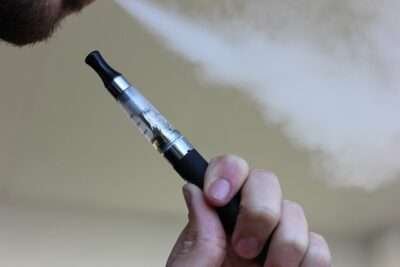You could be wrong if you think the air in your home is safe to breathe. The average American spends almost 90 percent of their time indoors, so the air quality of your home greatly impacts your and your family’s health.
Air pollutants in the home are dangerous. These pollutants come not from picturesque home activities but rather from lurking household products. If you’ve never given it much thought, you should.
But we don’t want you to panic. Read on to learn about some of the air pollutants you should be concerned about and what you can do about them.
Recognizing Indicators of Air Pollutants:
We must look for the following signs to recognize indicators of air pollutants. Unusual smells, dust, and dirt accumulating faster than usual are all indicators of poor indoor air quality. Breathing problems such as congestion, itchy eyes, and the visible presence of mold are also signs of the existence of air pollutants.
Sources of Air Pollution:
Home air pollutants can be a health hazard if not addressed correctly. Some of the primary sources of air pollution are poor ventilation and combustion sources.
Poor ventilation can allow airborne particulate matter, such as dust, smoke, or other chemicals, to accumulate in a home. Combustion sources can include anything from wood stoves to gas stoves, kerosene heaters, or anything else that produces a lot of combustion.
Other common sources of air pollution in the home include paint, adhesives, cleaning products, fragrances, and personal care products. All these factors can contribute to air pollution and must be monitored to ensure a safe and healthy indoor environment.
Health Effects of Air Pollutants:
Air pollution in the home is a serious health risk. When you breathe in particles in the air, they can enter the bloodstream and cause various health problems.
These pollutants can cause eye, nose, and throat irritation. It can also cause asthma symptoms, headaches, nausea, cardiovascular disease, and certain cancers. Also, monoxide fumes can be lethal, as they prevent oxygen from entering the bloodstream and can result in rapid death from accidental poisoning.
How to Reduce Air Pollution:
The best way to reduce air pollution in the home is to eliminate any potential sources of pollutants. Keep the house clean through regular dusting and vacuuming.
It is also essential to ensure all gas appliances are properly maintained and inspected for potential leaks. If painting or renovations occur, ensure that you use all materials according to directions. Take the necessary steps to increase ventilation.
Finally, investing in air filters can help remove any pollutants that remain in the air. They act as a barrier for airborne particles, allowing cleaner air to enter the home. This is just one of the many benefits of air purifier installations, so ensure to invest in one.
Improve the Air Quality in Your Home Today!
Air pollutants in the home can have serious health risks. It is essential to be aware of what these pollutants are and understand any risks associated with them. Everyone should take the necessary steps to reduce their exposure to these pollutants as much as possible.
Reach out to a professional to learn more about what you can do to protect your home environment. Don’t wait! Act now to improve the air quality in your home.
If you enjoyed learning a little more about cleaning and reducing home pollutants, check out our blog! We have a ton of other great articles that you’ll love!









